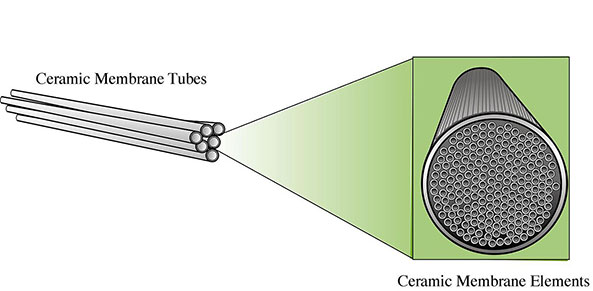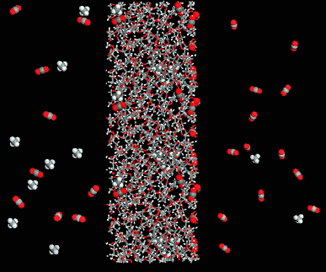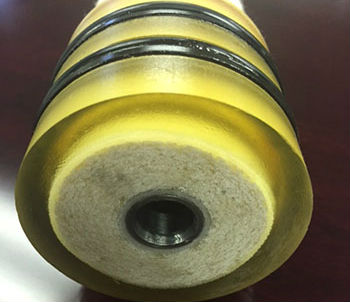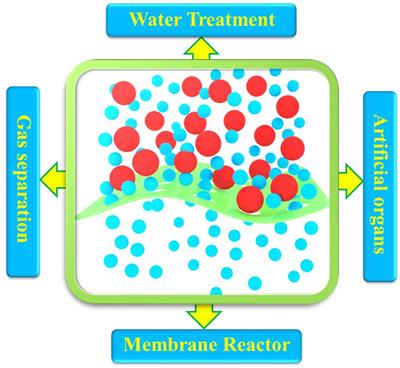Ceramic membrane reactors cmr offer an opportunity to combine separation processes directly with chemical reactions leading to process intensification and hence benefits with regard to efficiency.
Ceramic membrane for gas separation.
Innovative ceramic membrane reduces energy and cost of industrial gas separation ceramic membranes offer great potential for industrial gas separation.
Ceramic membranes for reaction and separation is the first single authored guide to the developing area of ceramic membranes.
Herein we developed a zif 62 mof glass membrane and exploited its intrinsic gas separation properties.
But ceramic membranes suitable for the separation of gases are either microporous or dense such as microporous silica membranes or zeolite membranes.
Without a ceramic membrane gases must be cooled before separation.
The mof glass membrane was fabricated by melt quenching treatment of an in situ solvothermally synthesized polycrystalline zif 62 mof membrane on a porous ceramic alumina support.
Common for all ceramic gas separation membranes is the operation under harsh conditions of high temperature and large gradients of pressure.
Unfortunately even though ceramic membranes can improve the productivity for many reactions and separations in the chemicals and refining industries they are costly.
The final chapter covers ceramic membrane reactors as distributors and separators and general engineering considerations.
The achievable flow rate and the durability of the membrane depend strongly on the ceramic powder that was used for the production of the active layers of the membrane.
They can be made from both crystalline as well as amorphous solids.
Hydrogen separating membranes 1 200 000 t a will be retrieved.
An example of a highly porous membrane is the type made of silicon carbide.
History manufacturers of ceramic.
The membrane used in the process is a generally non porous layer so there will not be a severe leakage of gas through the membrane.
Ceramic membranes include pores with a defined average size ranging from macrometers to nanometers and they can be used for liquid filtration gas separation and pervaporation.
Starting by documenting established procedures of ceramic membrane preparation and characterization this title then focuses on gas separation.
Porous ceramic membranes are chiefly used for gas separation and micro or nanofiltration.
Gas separation across a membrane is a pressure driven process where the driving force is the difference in pressure between inlet of raw material and outlet of product.




























